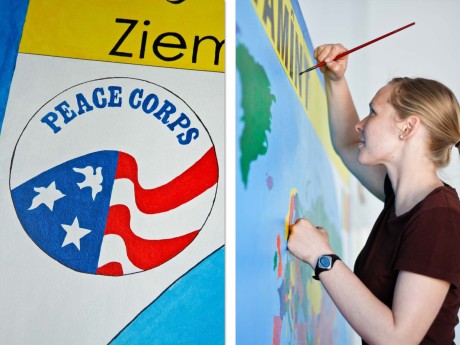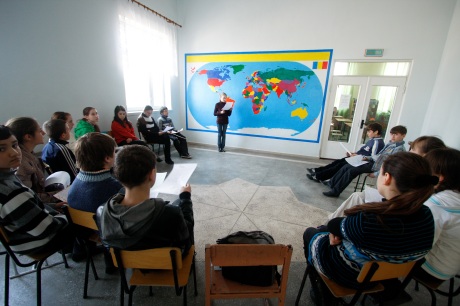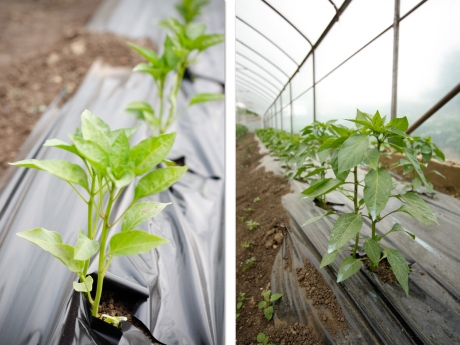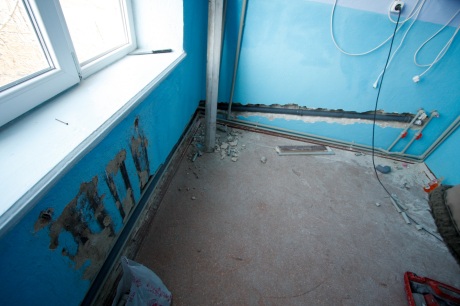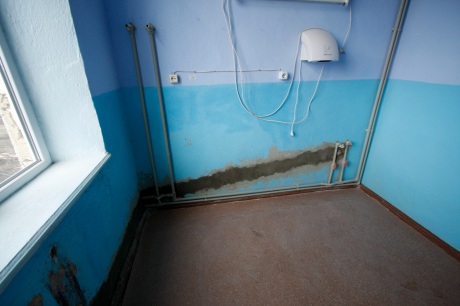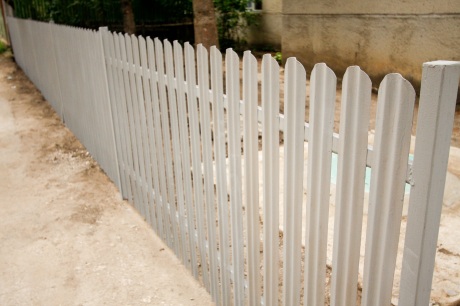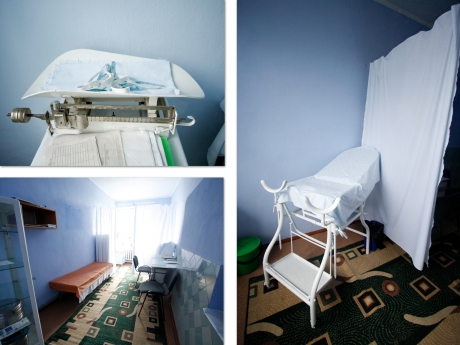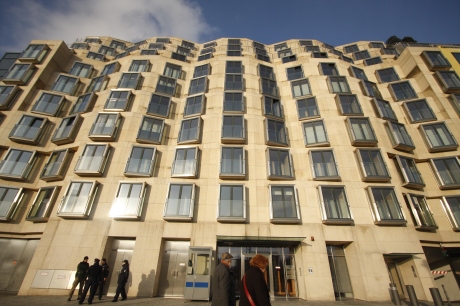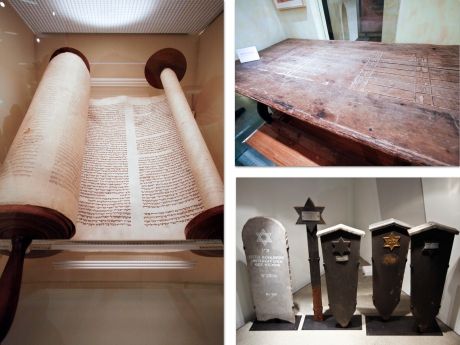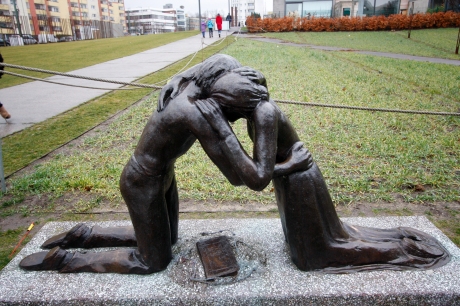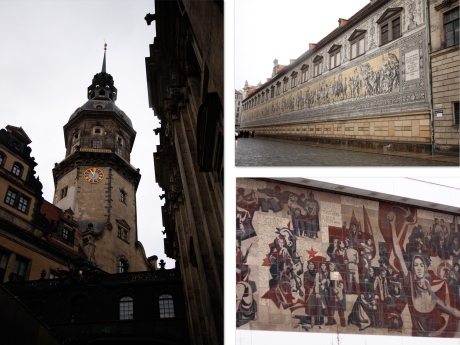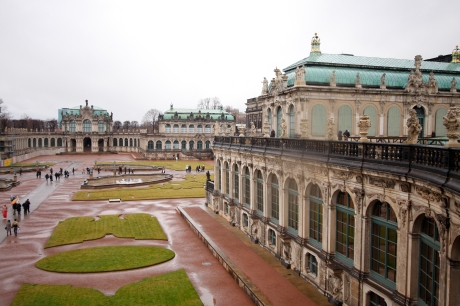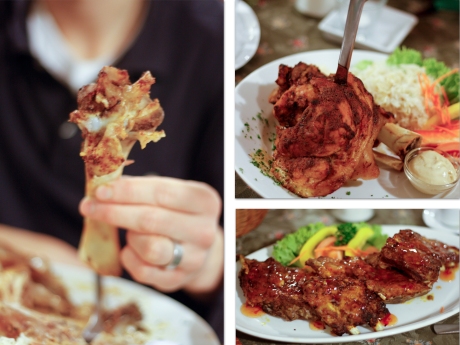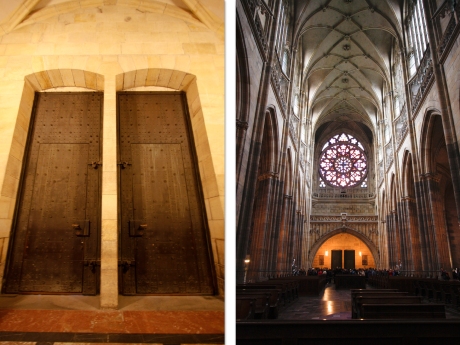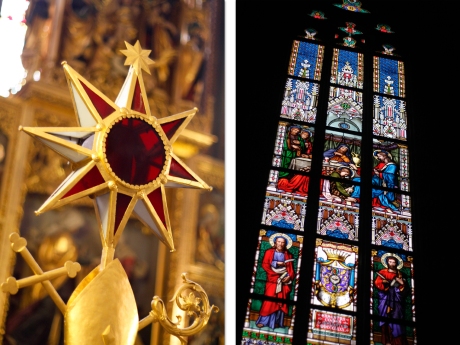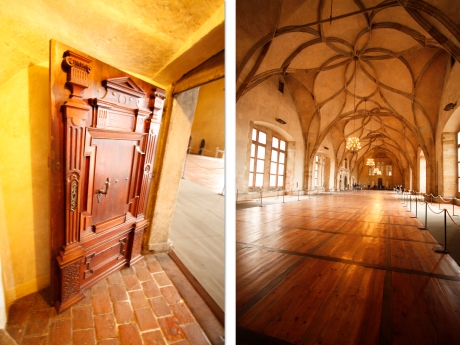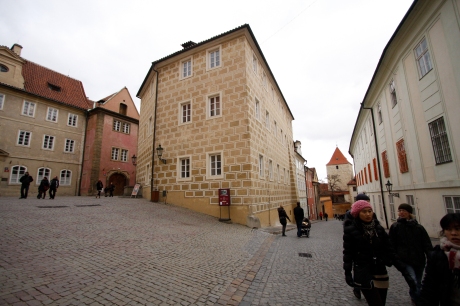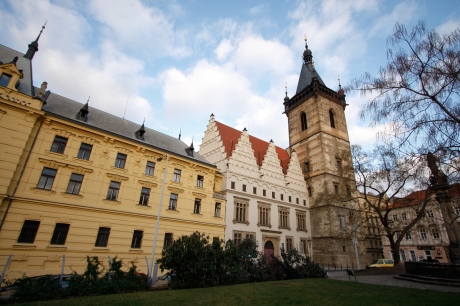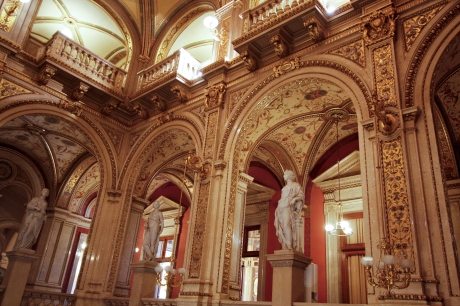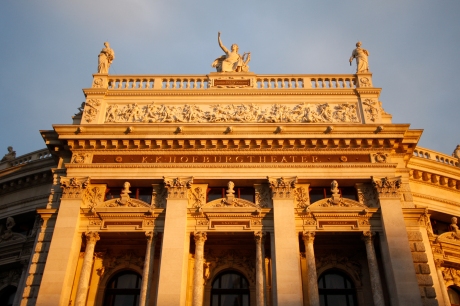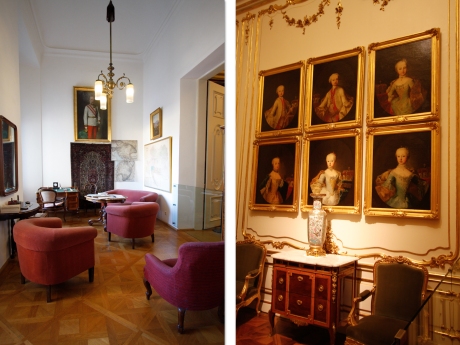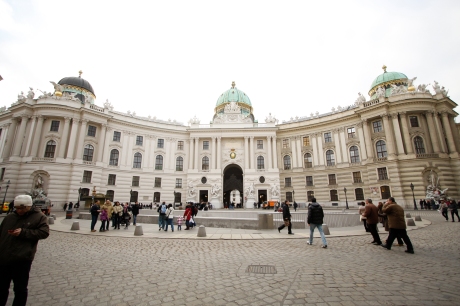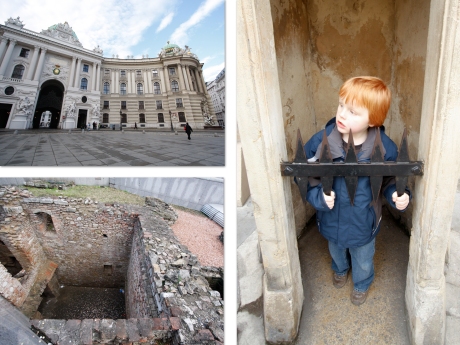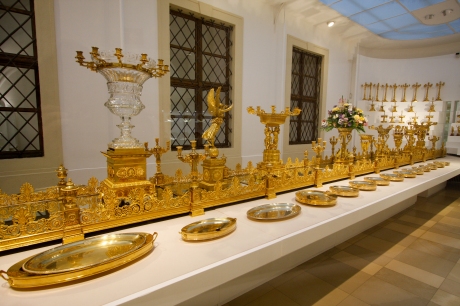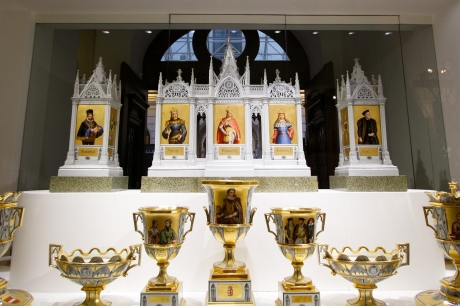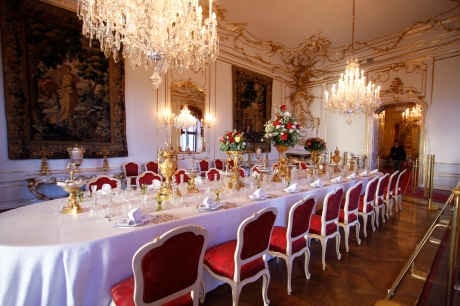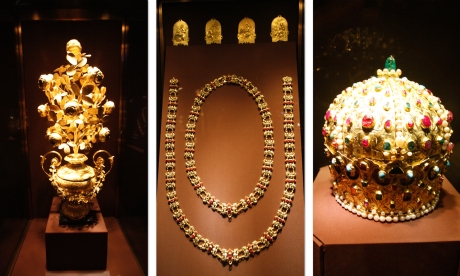We left our village on Monday morning to start our 2 week trek back home to the states. It’s such a bitter sweet time in our lives. On one hand, we are so sad to leave the people who have accepted us as one of their own. On the other hand we are so excited to see our families and friends again. As we are officially leaving Moldova today, we just want to record our goodbye thoughts about this beautiful country.
Curt:
I can’t summarize Moldova in one post, but I can share an experience that contains many pieces of my experience here.
One of my favorite memories in Moldova is from last fall during the corn harvest. Moldovans harvest corn by hand, or more accurately by many hands. On the day designated as “corn day” by our host family, eight different workers arrived at our house at 7 AM. Any Moldovan event, especially harvesting, starts with food and drink. That morning we had pîrjoale (a sort of fried meatball), mashed potatoes, salad (Moldovan style with cabbage, not lettuce), boiled hotdogs, wine and homemade cognac. After a good meal we headed down the hill to the fields.
The first order of business for the day was for everyone to individually tell Curt that he needed to put a long sleeved shirt on because the corn would irritate his skin. I politely informed them that I had been dressing myself for nearly 30 years (fine probably more like 25 years…), and that day I had done a satisfactory job that day –as usual. Once we got that out of the way, everyone went to work. We spaced ourselves such that there was one person in every other row of corn. While walking down the row we pulled the one or two cobs of corn off of each stock and put them in a basket that we carried in front of us. Once your basket was full, you would dump it into one of the communal piles that had been formed throughout the field.
Being that young competitive chap I am, I thought “I can keep up with these people. Other than me, they are all over 50.” Not a chance. The ladies particularly took me to school in the corn competition, but they also outworked the other three men helping. After harvesting a couple of rows each, everyone would take a break. Being the crazy American, I brought a bottle of water to drink. For the rest of the crew it was house wine. When lunch time rolled around our host mother brought down a 15 liter bucket full of borş (traditional Moldovan soup with cabbage and pork), mamaliga (boiled corn meal), placinta (fried cheese pie) and more wine of course.
As 6 pm was rolling around we dumped the last basket of corn on the final pile in the field. All of us were thinking, “Great – we are done for the day, and tomorrow we will come back and collect all the piles.” Nope, L (our host father) had a different idea. He rolled up in a large flat-bed truck, and we started picking up all the piles a basket at a time and throwing them in the truck. By 9:30 pm it had been dark for some time, and corn was spilling over the sides of the truck bed. We still had three piles to go. What to do? Of course we rolled down the passenger’s window in the cab and began filling the cab with corn. Finally at just after 10 we were done and ready to go home. Out of habit, one of the ladies opened the truck door to hop on in. Unfortunately for her and us, she was met by an avalanche of corn.
On the ride home we all sat in the truck bed on the mountain of corn. The two ladies I was sitting by began “discussing” all that they still had to do that night. One had a cow out in the field that she needed to bring home and milk, the other a goat. They both had families that would require their attention as well. However the main tone of the conversation was life for them is hard, and it is inappropriate to expect someone to work from 7 am to 10:30 pm for a mere 100 Lei (about $8). I agreed with them.
Susan:
When I arrived in Moldova two years ago, I was so excited to learn all about the people, culture, traditions, food, languages, and history. I think it is such a unique country, and being a former Soviet Union country, especially interesting from a historical and political standpoint. Looking back over my last two years living here, I think what I learned the most were lessons about myself. I have had some wonderful times and some not so wonderful times, but I stuck it out, and I sure am glad I did. I worked with 5 incredible Moldovan women who care so much about their community. I lived with a very traditional family who was more than generous with their time and resources. I taught hundreds of very eager students about important mental and physical health topics. I met some amazing people who will be life-long friends. I’m not sure what my impact here was, but Moldova’s impact on me was great. I learned a lot about myself, and my relationship with my best friend grew so much through each of our challenges and accomplishments. Moldova is a small country, but it will always occupy a very large spot in my heart.
La revedere, prietena noastră, Republica Moldova.







